
Writers Chat Recap for November part 2
Writers Chat, hosted by Jean Wise, Johnnie Alexander, and Brandy Brow, is the show where we talk about all…
November 30, 2021
Writers Chat, hosted by Jean Wise, Johnnie Alexander, and Brandy Brow, is the show where we talk about all…
November 30, 2021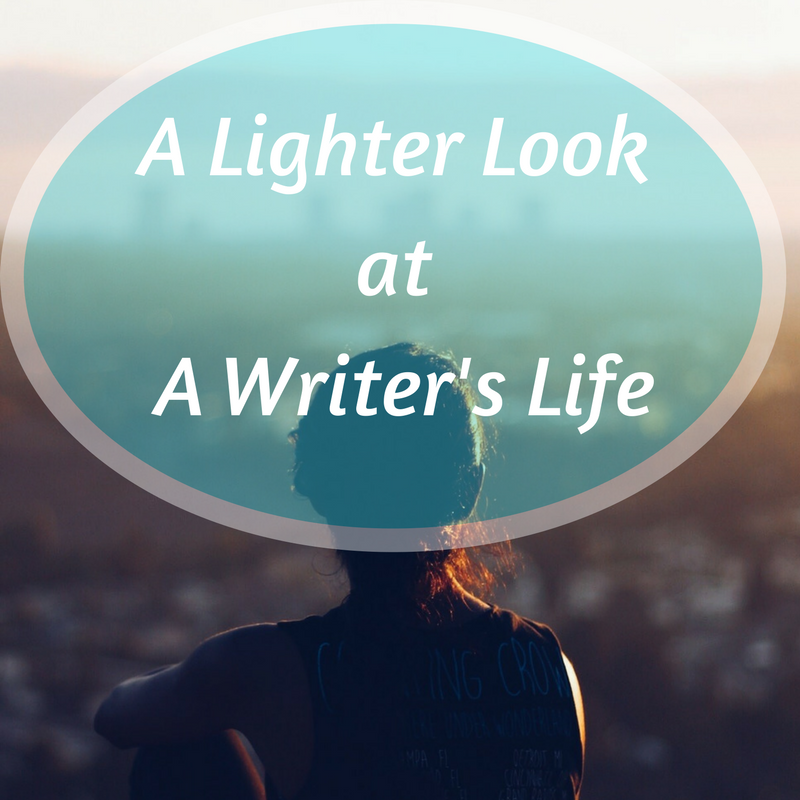
The text came while my wife and I were traveling home from an out-of-town doctor’s appointment. “I’m doing a…
November 6, 2021
I love cats, coffee, chocolate, and long walks on the beach, especially if the beach has sea glass. My…
May 25, 2018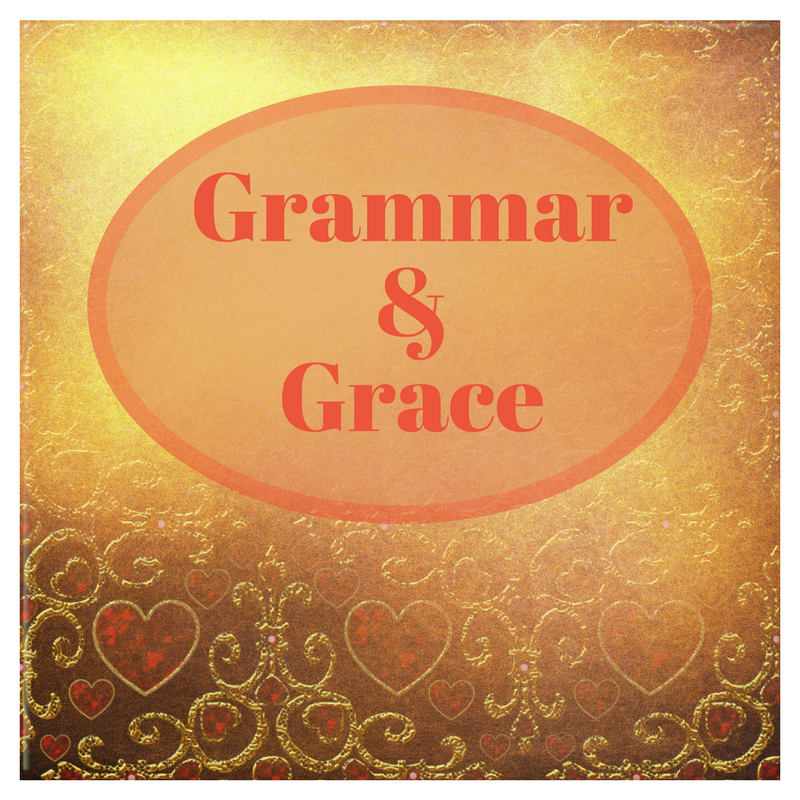
Last time, I offered a list of compound words from A to H. This post continues with the remainder…
May 18, 2018
Have you ever picked up a book and after a few pages, put it down saying, “This isn’t…
October 14, 2017My dream as a kid was to become an elementary teacher and write books for kids. In high school,…
August 16, 2017
My favorite canine writer, Snoopy of Peanuts fame, received a boatload of rejection slips in his pursuit of a…
July 26, 2017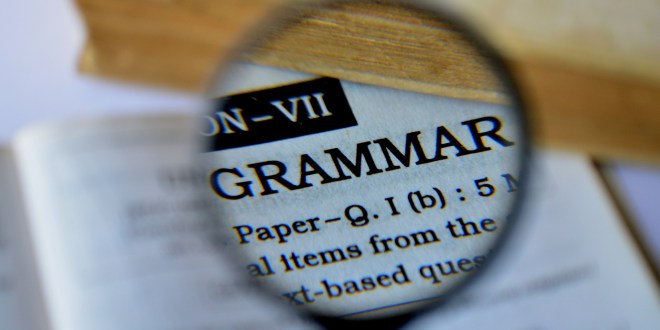
This month at Grammar and Grace we’re studying adjectives. Adjectives are words that tell something about a noun or…
July 18, 2017
The Light of the World. The Chronicles of Narnia. The Chick-Fil-A Cow. Believe it or not, the aforementioned have…
July 5, 2017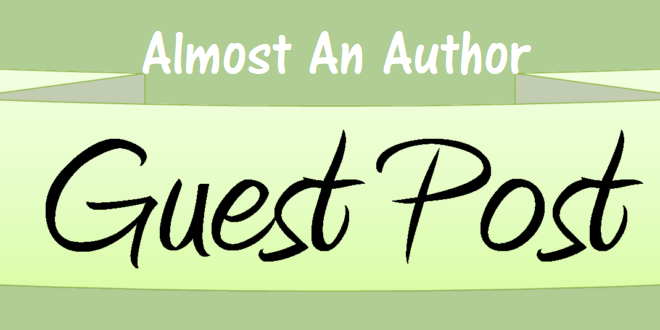
I wrote my first fiction novel in four months during 2009 because I believed I could write a…
June 16, 2017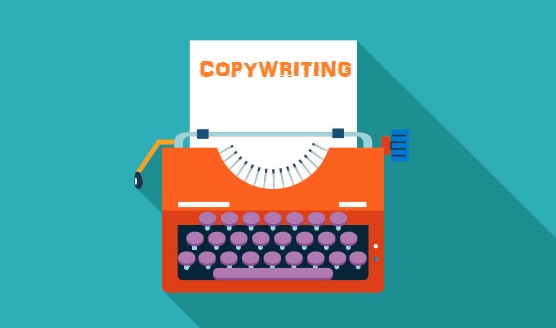
Have you heard the online buzz about copywriting? Make $100,000 a year writing! A laptop and an Internet…
May 29, 2017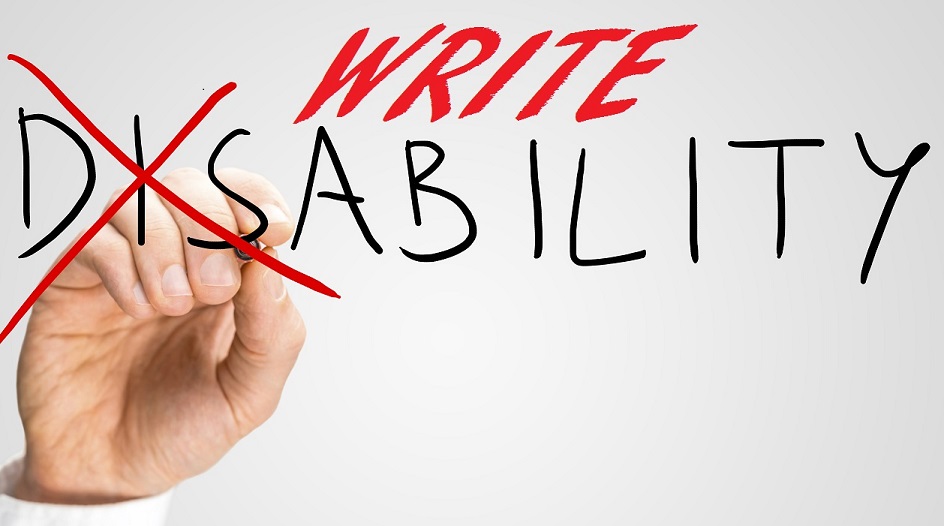
This month I’m featuring John Wiswell, a writer of science fiction, fantasy, and horror with a touch of humor…
April 29, 2017
For 2017, let’s understand the basics of English grammar by learning the eight parts of speech. They are the…
February 17, 2017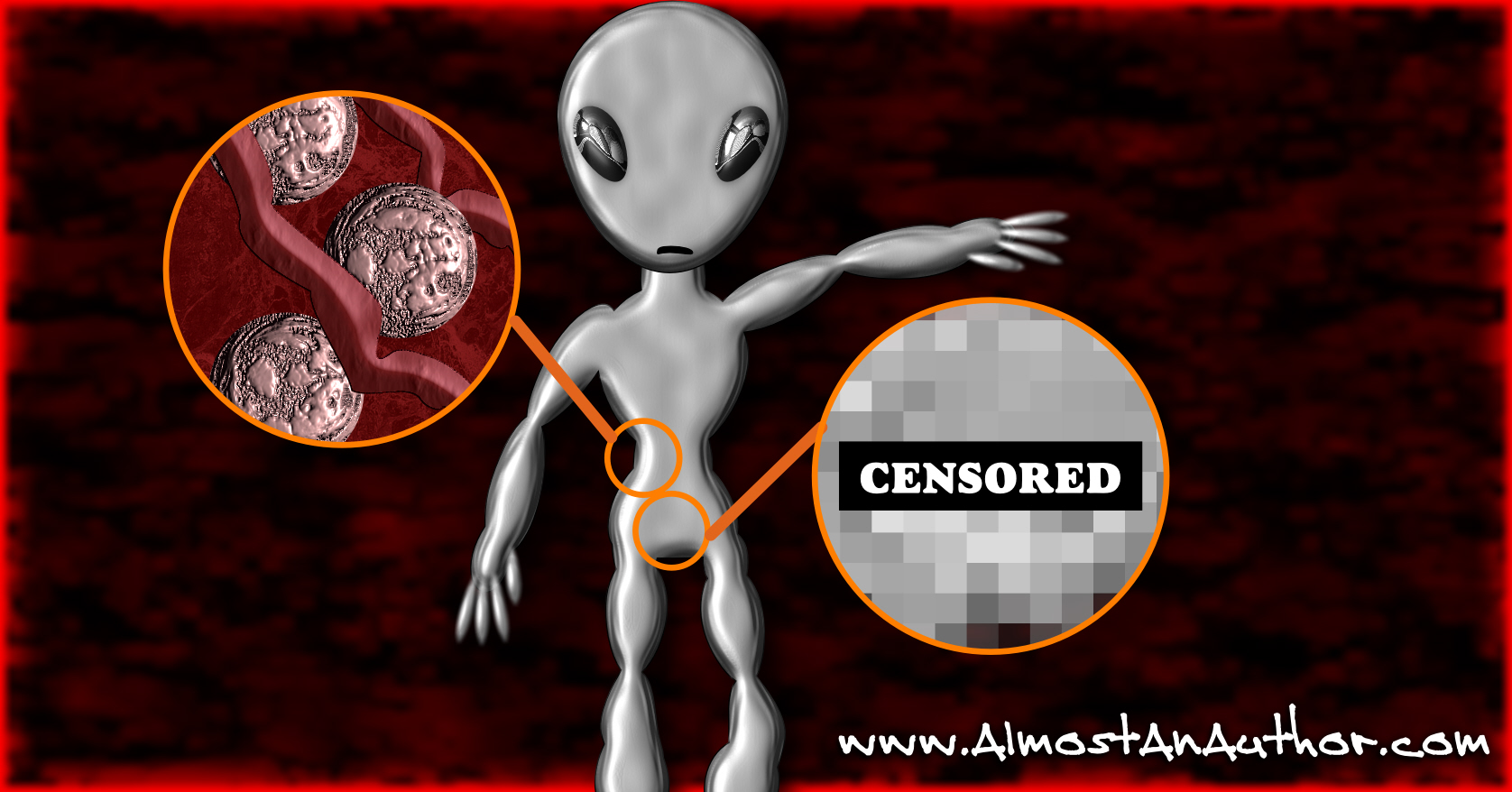
Jim held a gray spheroid up to the light. “So Doc, you’re saying the sex of this alien was…
February 13, 2017
I quit. Ever been there? I’ll admit it: there are times when I think I want to give up…
February 5, 2017
Magazines, literary agents, and publishers continue to look for excellent writing in fiction and non-fiction genres which exemplify diversity.…
January 18, 2017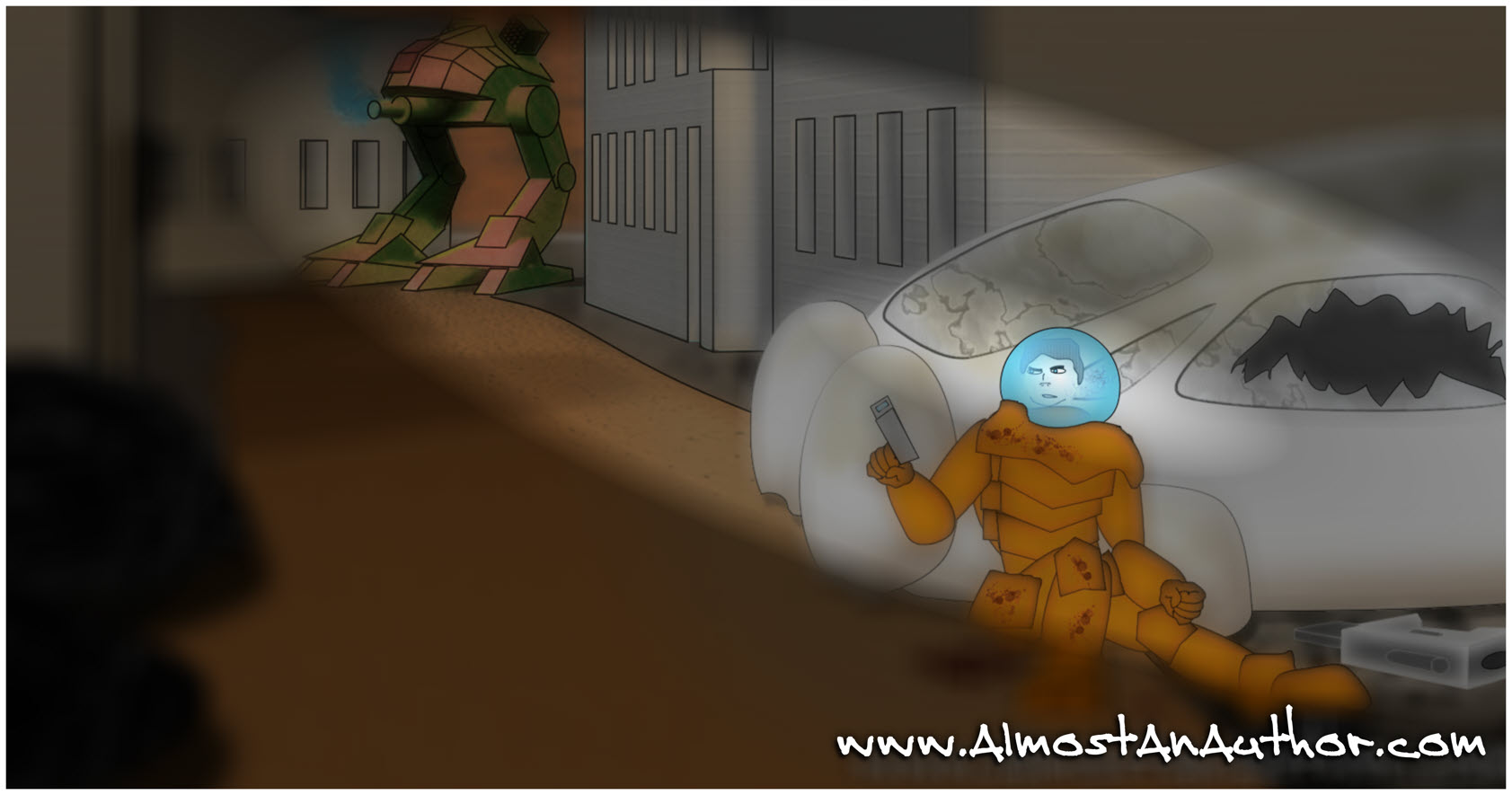
The carbine was still jammed and Jim couldn’t do anything to fix it. He finally tossed it aside and…
November 9, 2016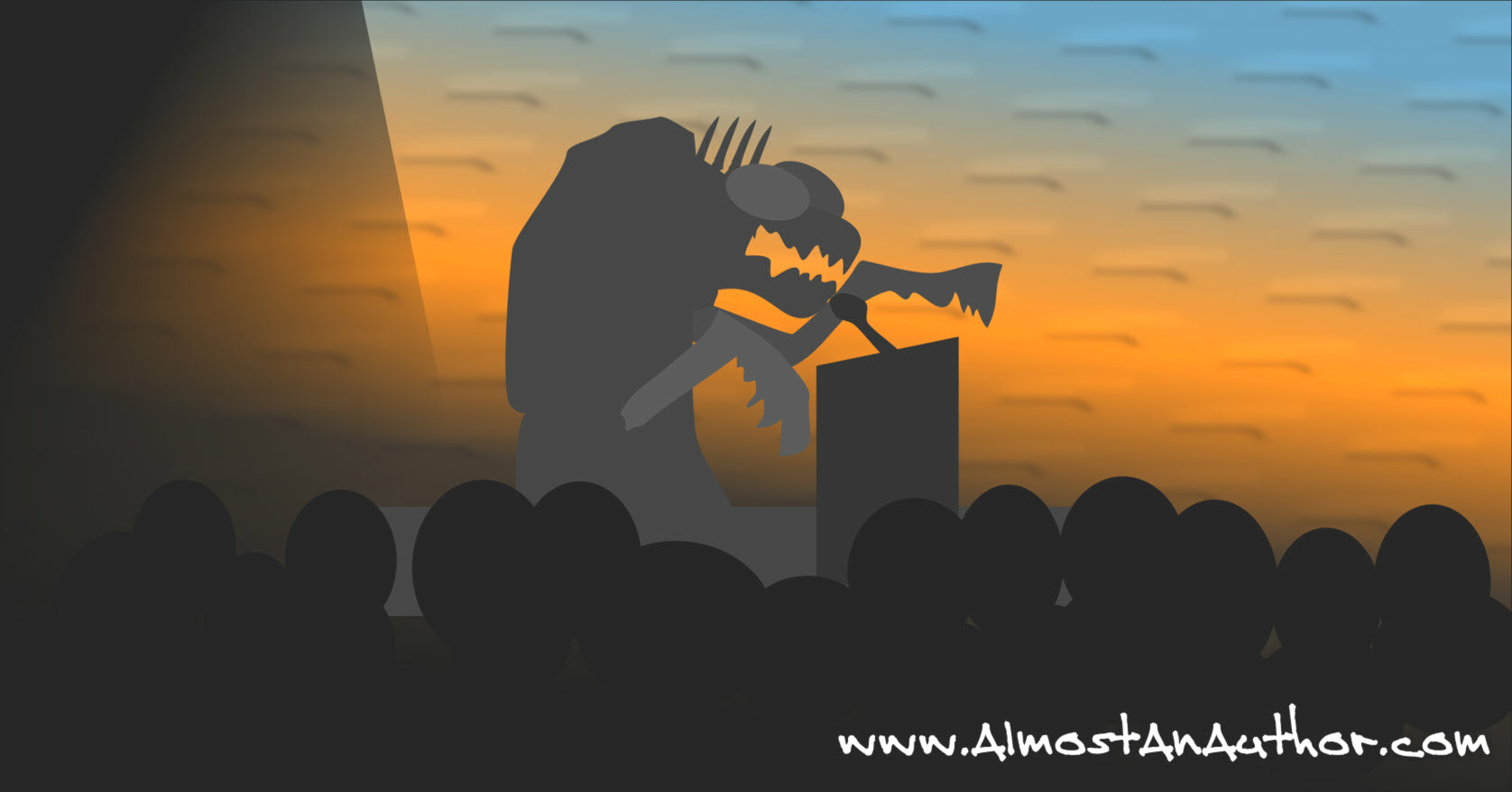
The murmur of countless alien tongues subsided as the chairman of the interstellar council called for order. The delegates…
October 11, 2016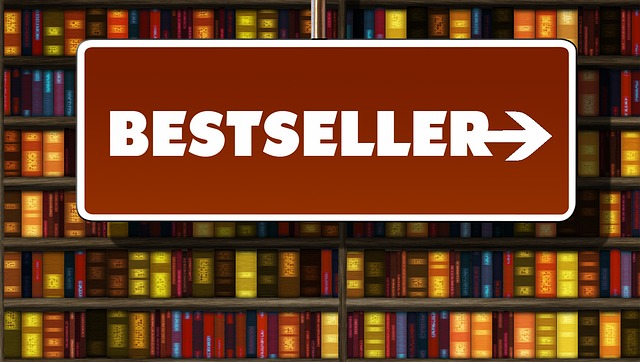
Angela Ackerman Your writing thesauruses are such a help to writers, how do you feel knowing that thousands of…
July 1, 2016
How to Drive an Editor Crazy, Part 2 By Lori Hatcher I’m a magazine editor. Every day I receive…
January 18, 2016
What is it about a story that makes it compelling? Is it the characters? Is it the plot? Is…
August 17, 2015
We’ve all been there. Deadlines are looming for our blog or our novels. A tingling in the pit of…
July 22, 2015
The fruit of any writer is words, alphabetic compilations skillfully woven together into sentences and paragraphs that may eventually…
June 28, 2015